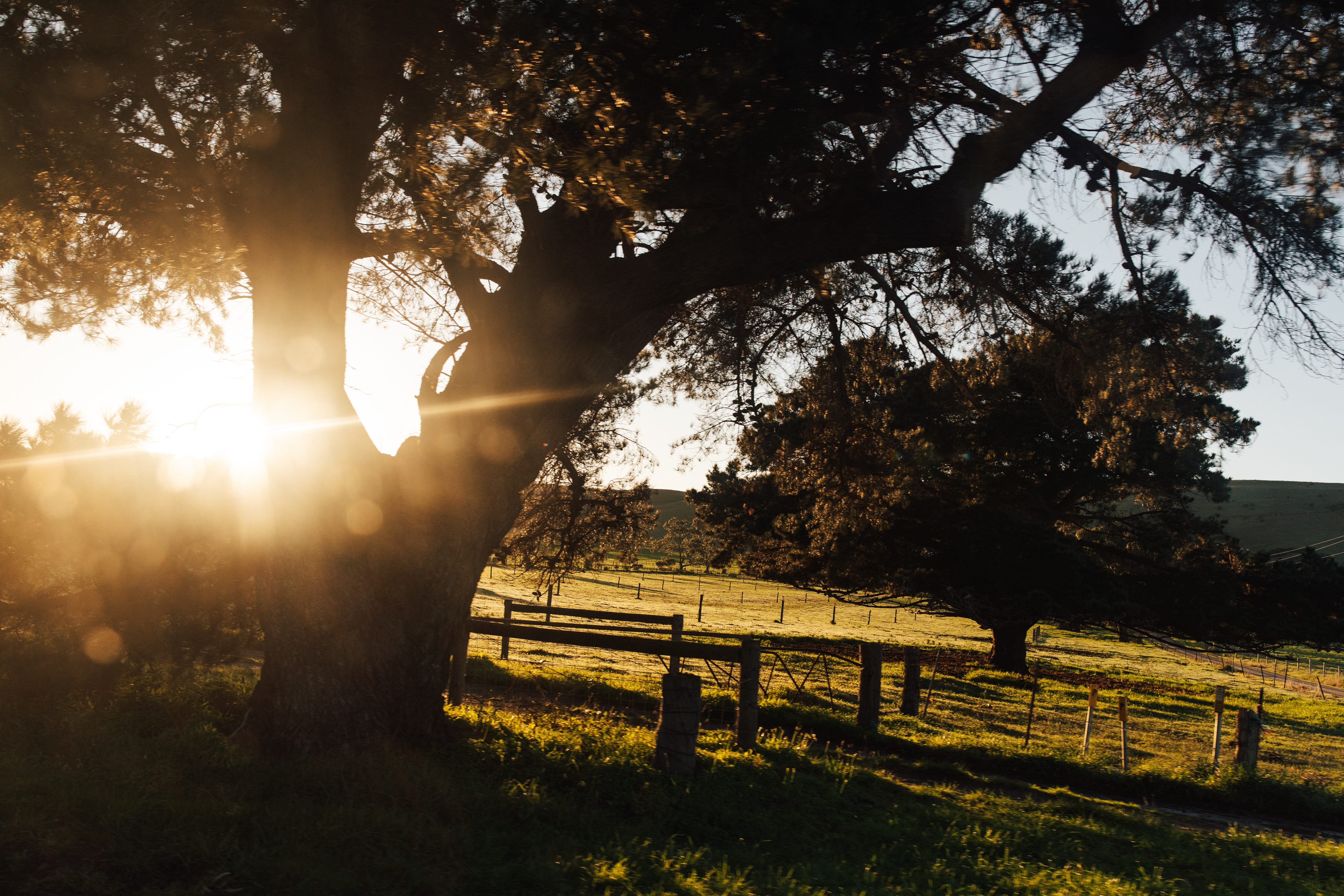
Livestock producers weather SA storms, flooding
SPRING storms caused widespread damage across the state earlier this month, with strong winds and flooding contributing to reported damage from SA livestock producers.
A recent survey undertaken by Livestock SA to gauge the impact on producers had a wide spread of respondents, from Ceduna in the west, across to the Tatiara District in the South East. Responses will be used to inform Premier Jay Weatherill of the damage and impact this storm system had on the livestock industry and producers.
Most producers reported that they were aware of the weather and made management decisions to move and protect stock to prevent losses. In many cases, stock at risk were able to be shedded, or moved to paddocks with better shelter.
However, four of the 108 survey respondents still had significant stock losses, with the worst reporting they had 470 young hoggets perish. Overall, survey respondents reported about 1000 sheep and 20 cows died.
Only 25 per cent reported shaving significant damage to sheds and outbuildings. Few had damaged houses, but most respondents reported significant damage to paddocks and feed through flooding, wind and hail damage.
Electricity outages impacted most people across the state, with 77pc of those surveyed reporting they were affected. About 15pc of respondents had an alternative source of power, such as a generator, and so were unaffected.
About 85pc of respondents had power back on within 24 hours, but for some regions, including parts of the Mid North and the Eyre Peninsula, took far longer to be reconnected.
Most livestock businesses said they coped without power for the period it was off, unless they were shearing or had employed contractors to work on-farm. Some respondents said they lost several thousand dollars as those employed were unable to complete work.
Another key impact was the loss of the ability to complete paperwork, and “do the books”.
This was significant as the outage occurred at the end of a month.
More than 50pc of respondents said phone systems were impacted. The majority said mobiles failed after four hours, and landline phones also stopped working. Many reported phones were offline for up to 86 hours and some said they were still waiting for landlines to be reconnected.
A key impact of flooding was fencing and pasture damage. Many creekways and rivers which had been fenced off with the help of grants to protect watercourses and prevent erosion were damaged
Anecdotally areas where there was little to no groundcover, such as some of the regions affected by the Pinery Fire, or the Sampson Flat blaze the year before, did have bigger impacts from flooding.
Many respondents were concerned about the impact power outages had on the dairy industry with most appreciating the work that was done in repairing and replacing power, but concerned there were not back-up systems in place.
